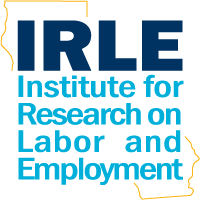Abstract
We estimate individual returns to patents using a unique longitudinal administrative dataset on patents and earnings, following individuals and firms for 20 years (1987-2006). We find that inventors’ wages steadily increase before patent applications are submitted to the EPO, peak in the year preceding their filing, and then decrease again. We take the fact that earnings peak at t-1 instead of at t as a bureaucratic delay between the time the invention really takes place and the time when the firm submits the application. We also find that the applications that will eventually lead to a granted patent receive a greater wage increase than those who will not. Finally, we use an event study framework to distinguish among inventor-types, and we find that the “star-inventors” (the employees submitting at least three times in their life) receive a lasting wage premium, while the employees with one or two submissions stop receiving the premium after the application date.

